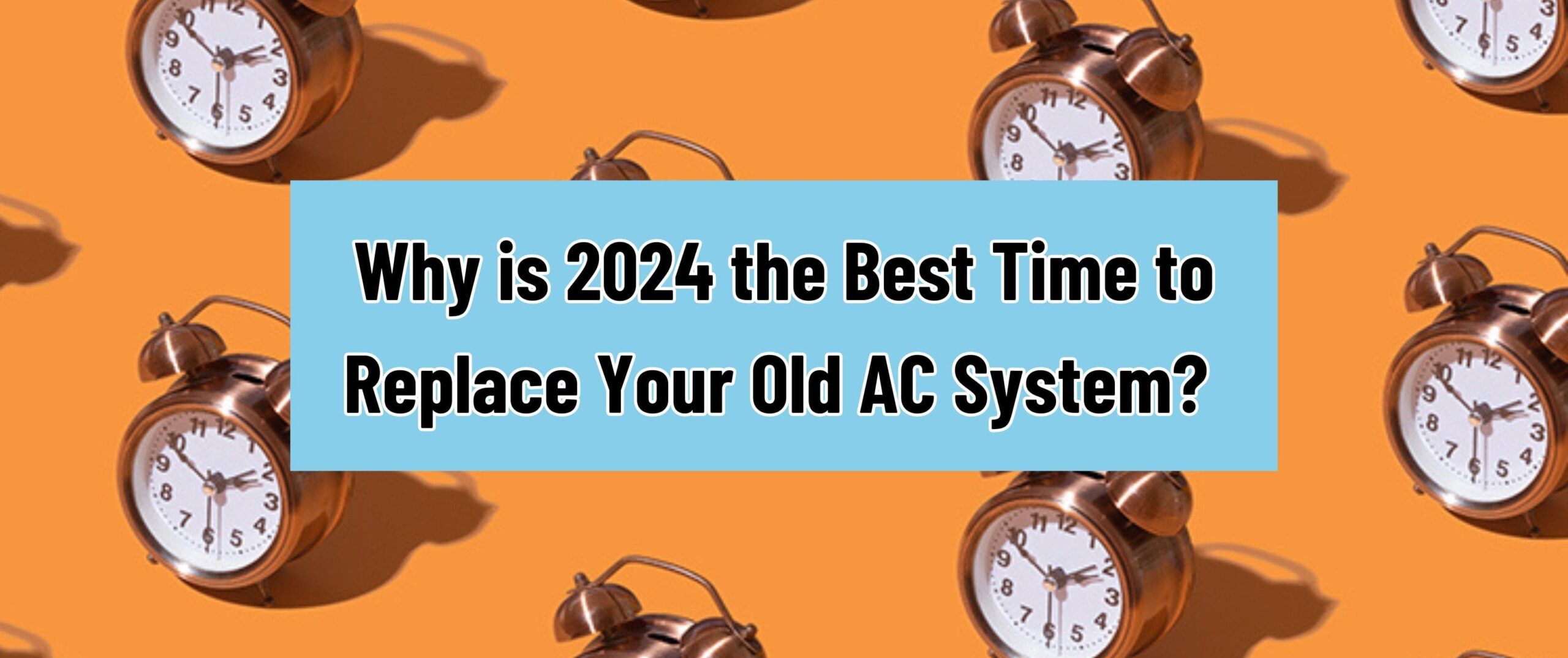4.8 Google Rating
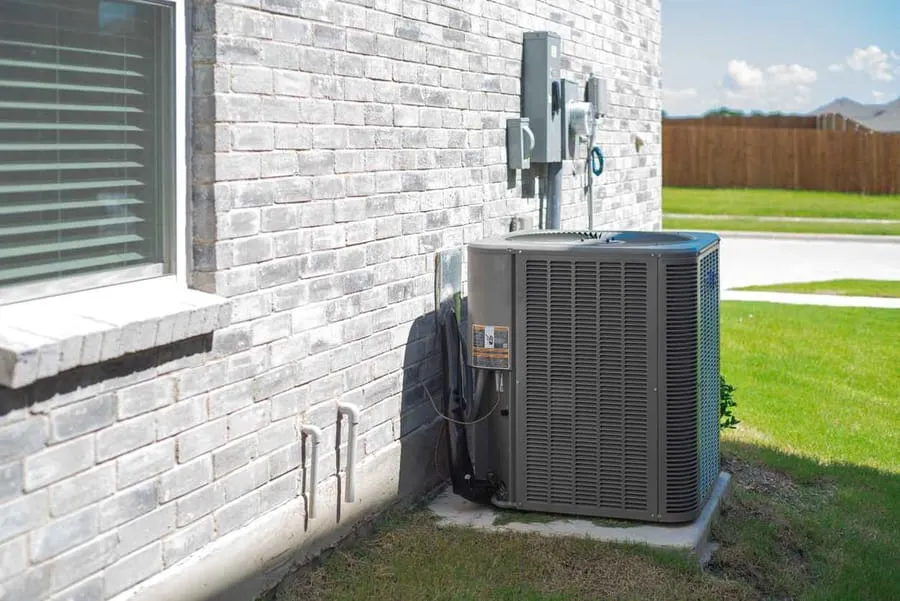
Texas HVAC Efficiency Standards & Rebates: What Homeowners Should Know
Texas homeowners rely heavily on their HVAC systems to stay comfortable through long, hot summers and unpredictable seasonal swings. As energy prices rise and new federal regulations roll out, understanding HVAC efficiency standards has become more important than ever. Whether you are planning a system upgrade or trying to lower monthly utility bills, knowing how SEER2 ratings, statewide requirements, and available rebates work can help you make smart and cost effective decisions.
Recent changes to national HVAC regulations have shifted minimum efficiency requirements for all new heating and cooling systems installed in Texas. These updates aim to reduce energy consumption, improve home comfort, and ensure that HVAC equipment can handle the demanding Texas climate. At the same time, new rebate programs and tax credits can significantly reduce the cost of installing a high efficiency system.
This guide breaks down everything Texas homeowners need to know, including the new SEER2 standards, available rebates, potential savings, and how to determine if your current HVAC system meets today’s requirements. With the right information, you can upgrade confidently and enjoy better comfort and lower energy costs all year long.
What Are SEER2 and the New Texas HVAC Efficiency Standards?
Understanding today’s HVAC efficiency standards is essential for Texas homeowners planning repairs or system upgrades. SEER2 ratings, federal regulations, and regional requirements all influence which systems can be installed in your home and how efficiently they will perform during Texas heat.
What SEER and SEER2 Measure
SEER stands for Seasonal Energy Efficiency Ratio. It measures how efficiently an air conditioner or heat pump cools your home throughout an average cooling season. SEER2 is the updated version of this rating system. It uses more realistic testing conditions that better reflect how HVAC systems actually perform in real homes.
Because SEER2 testing is stricter, SEER2 ratings are slightly lower than the older SEER numbers, even for systems with similar efficiency.
Why Federal Regulations Changed in 2023
In 2023, new national HVAC efficiency standards took effect across the United States. These updates were established to:
-
Reduce energy consumption
-
Improve system performance under real world conditions
-
Lower long term utility costs
-
Support cleaner, more efficient HVAC technology
Texas is located in the South Region, which has the highest cooling demand, so efficiency requirements here are more strict than in cooler climates.
Minimum Efficiency Requirements for Texas Homes
For Texas homeowners, all newly installed HVAC systems must meet the following minimum SEER2 ratings:
-
Air conditioners under 45,000 BTU: 14.3 SEER2
-
Air conditioners 45,000 BTU and above: 13.8 SEER2
-
Heat pumps (all sizes): 14.3 SEER2 cooling and 7.5 HSPF2 heating
These standards ensure that HVAC systems can perform efficiently during long, intense Texas summers.
How These Standards Influence Equipment Choices
Because SEER2 systems are tested under higher pressure conditions, manufacturers redesigned many HVAC models. As a result:
-
Some older models can no longer be legally installed
-
High efficiency options have become more common
-
Systems now feature improved components and better airflow designs
These updates may increase upfront costs slightly but deliver better cooling performance, quieter operation, and lower long term energy use.
Why Texas Homeowners Should Care About SEER2
For Texas homes, efficiency standards directly affect:
-
Monthly utility bills
-
HVAC system lifespan
-
Home comfort during 100 degree days
-
The types of systems contractors can legally install
Understanding SEER2 makes it easier to compare equipment, recognize value, and choose a system that can keep up with local weather.
Why Efficiency Standards Matter for Texas Homeowners
Texas homes experience extreme heat, long cooling seasons, and high energy use, which makes HVAC efficiency more important here than in many other parts of the country. Updated HVAC standards help ensure that your system can handle these conditions while keeping energy bills as low as possible. Understanding these standards helps homeowners make smarter investment decisions.
Lower Monthly Cooling Costs in Texas Heat
Cooling accounts for a large portion of energy use in Texas homes. Higher SEER2 systems are designed to remove heat more efficiently, meaning they use less electricity to keep your home comfortable. This can significantly reduce your summer utility bills, especially during peak heat waves.
Improved Indoor Comfort and Humidity Control
High efficiency systems run longer at lower speeds, which improves humidity control. This is especially important in humid regions of Texas, where sticky indoor air can make your home feel warmer than it really is. Better humidity control means improved comfort without having to overcool the home.
Longer System Lifespan Due to Reduced Strain
Efficient HVAC systems are built with advanced components that reduce mechanical strain. Variable speed motors, upgraded coils, and better refrigerant management help the system operate more smoothly and avoid constant stop and start cycles. This reduces wear and can extend the lifespan of your unit.
Better Performance During Peak Energy Demand Periods
Texas frequently experiences high electricity demand during summer, which can lead to grid stress or energy price spikes. High efficiency HVAC systems require less power to cool your home, helping reduce peak demand and lowering the risk of sudden system strain during extreme weather.
Compliance With New Home Construction Requirements
New homes and major renovation projects in Texas must meet updated SEER2 standards. Choosing an efficient system ensures compliance with building codes and prevents issues during resale. Buyers also tend to prefer homes with modern, efficient HVAC systems that promise lower operating costs.
Available HVAC Rebates for Texas Residents
Upgrading to a high efficiency HVAC system may seem costly at first, but Texas homeowners have access to several rebate programs that can significantly reduce upfront expenses. These incentives are designed to help homeowners improve efficiency, reduce energy consumption, and transition to modern, compliant systems. Understanding available rebate options ensures you get the maximum savings when replacing your system.
Federal Inflation Reduction Act Rebates and Tax Credits
The Inflation Reduction Act (IRA) offers valuable financial incentives for homeowners who install qualifying high efficiency HVAC systems. These include:
-
Up to 2,000 dollars in tax credits for heat pumps
-
600 dollars in credits for air conditioners meeting efficiency thresholds
-
Additional credits for electrical panel upgrades or home energy improvements
These federal benefits help offset the cost of higher efficiency SEER2 equipment.
Local Utility Provider Rebates in Texas
Many Texas homeowners qualify for rebates through their local utility companies, such as:
-
Oncor
-
CenterPoint Energy
-
CPS Energy
-
Austin Energy
-
AEP Texas
These utilities regularly offer rebates for upgrading to high efficiency HVAC systems or heat pumps. Rebates typically range from 300 to 2,000 dollars, depending on system size and efficiency.
High Efficiency Heat Pump Rebates
Heat pumps are gaining popularity in Texas because modern models perform well even during colder winter nights. Rebates for heat pumps may include:
-
Incentives based on SEER2 and HSPF2 ratings
-
Higher rebate amounts for variable speed or ENERGY STAR certified units
-
Additional credits when switching from electric resistance heating
These rebates make high efficiency heat pumps an affordable upgrade for many homeowners.
Weatherization and Energy Upgrade Incentives
Some Texas programs also include incentives for whole home efficiency improvements, such as:
-
Duct sealing
-
Insulation upgrades
-
Air sealing improvements
These upgrades often qualify when completed alongside HVAC replacements, lowering total project costs.
Eligibility Requirements for Each Program
Rebate requirements vary, but common criteria include:
-
Installing equipment that meets or exceeds SEER2 standards
-
Using a licensed contractor for installation
-
Verifying system size and performance
-
Submitting paperwork within a set timeframe
Working with a professional ensures you meet all requirements and receive the maximum rebate available.
Upgrade With Confidence and Start Saving on Your Texas Energy Bills
Understanding Texas HVAC efficiency standards and available rebate programs puts homeowners in a stronger position to make smart, cost effective upgrades. With SEER2 regulations now in full effect, choosing a high efficiency system is not just about compliance. It is about reducing energy use, improving comfort during intense Texas heat, and lowering monthly cooling costs for years to come.
Rebates and tax credits can offset a significant portion of the upfront investment, especially for homeowners who choose qualifying heat pumps or advanced variable speed systems. By combining these incentives with an efficient, properly sized HVAC unit, you gain long term savings and better performance throughout every season.
If you are considering an upgrade or want to know whether your current system meets today’s standards, the experts at Tiger Home Services can help. Our team provides system evaluations, rebate guidance, and high quality installations designed to deliver maximum efficiency and comfort.
Schedule your HVAC efficiency consultation today and take the first step toward a more comfortable, energy efficient home.
Recent Posts

Drain & Sewer Health in Texas Soil Conditions: Preventing Tree Root Intrusion & Storm Flooding

Día de los Muertos
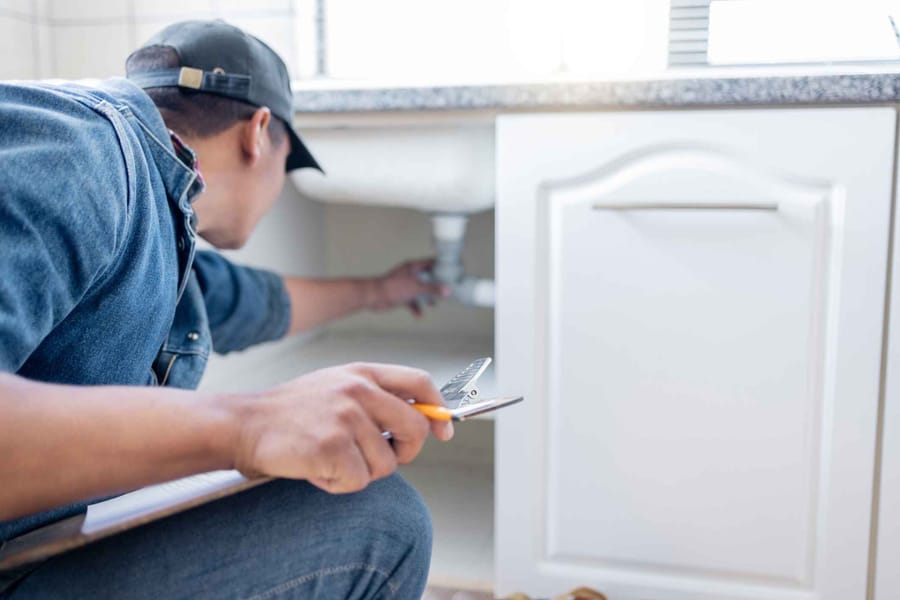
Comprehensive Plumbing Inspection and Repair Guide for Texas Homeowners: Ensuring Reliable Water Flow Year-Round

Mastering Drain Care in Texas: Professional Tips for Preventing Clogs and Sewer Backups in the Lone Star State
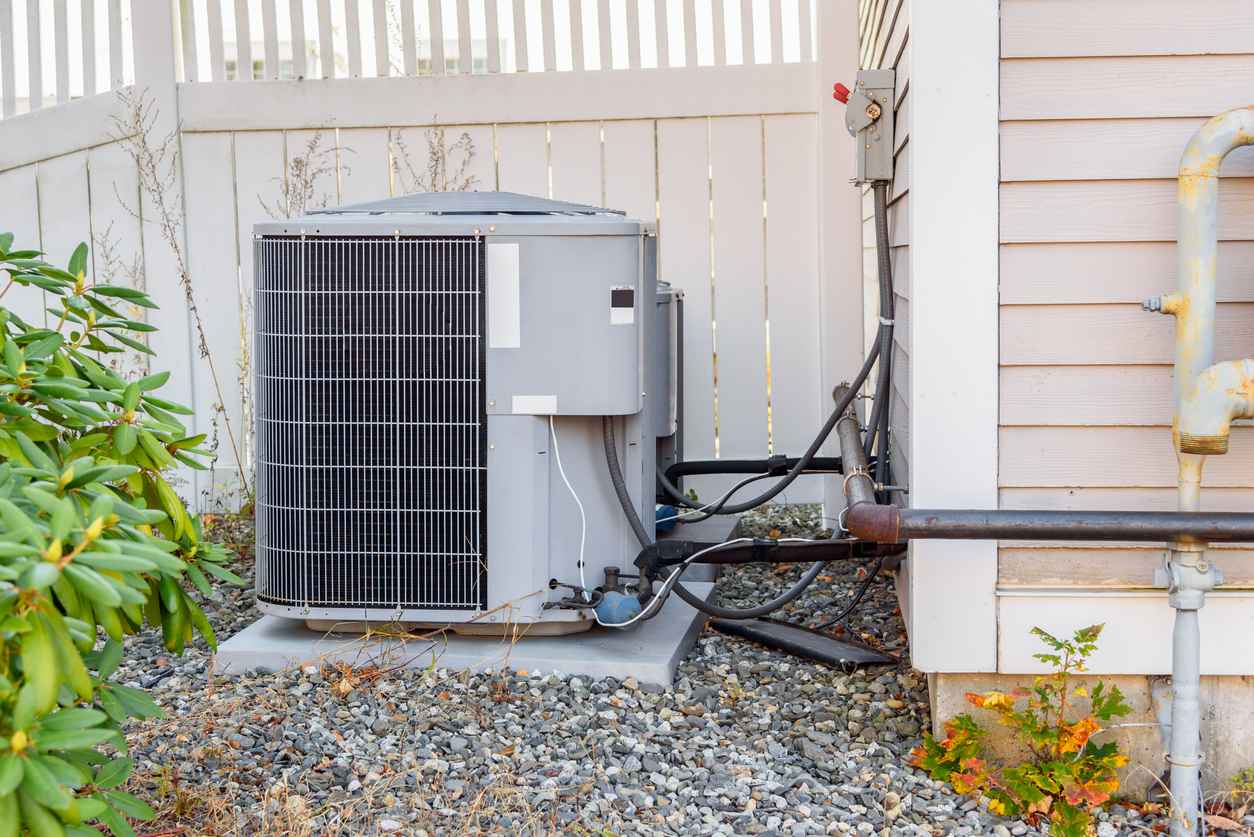
The Ultimate Guide to HVAC Maintenance in Texas
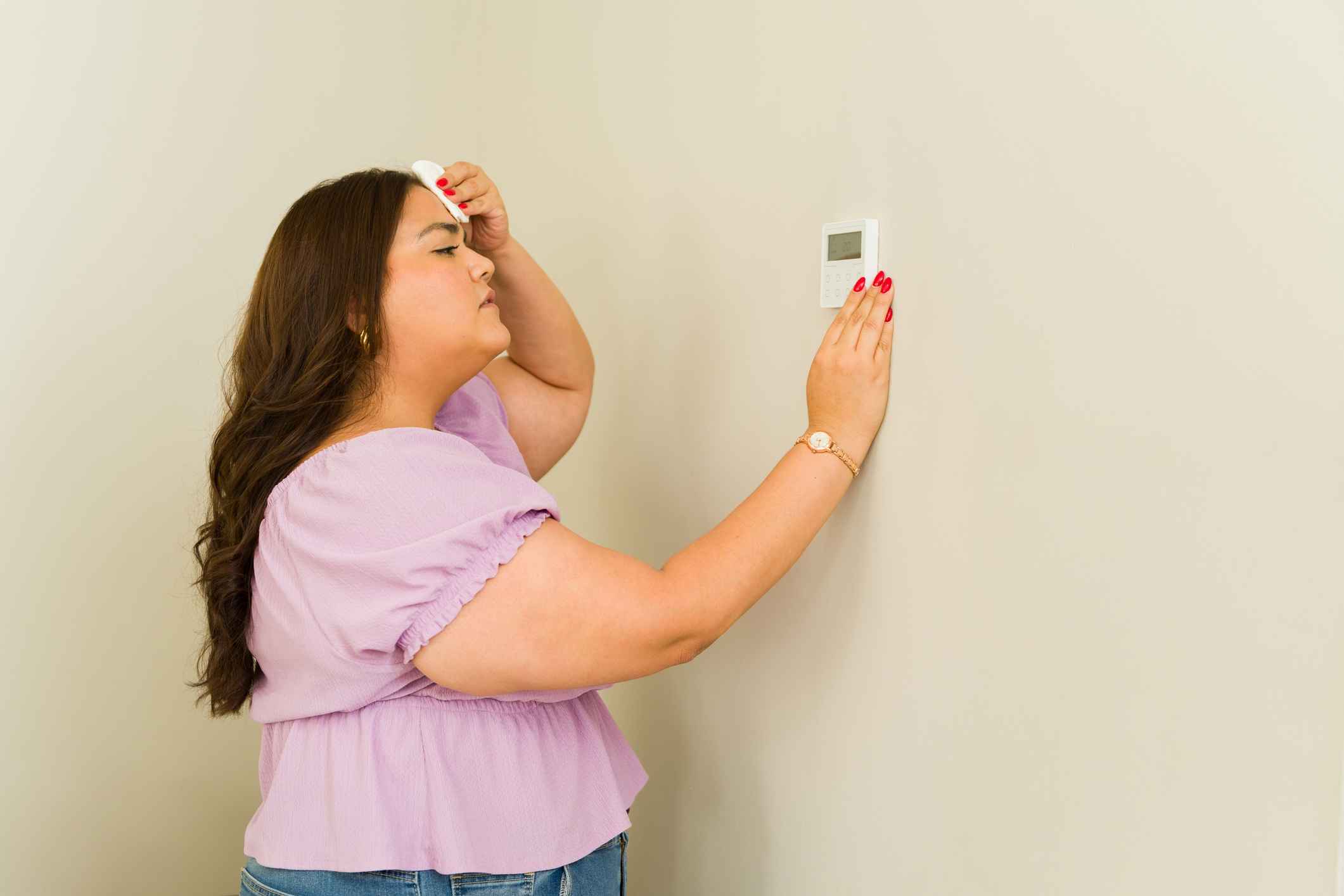
Why Is My Air Conditioner Not Cooling the House?
